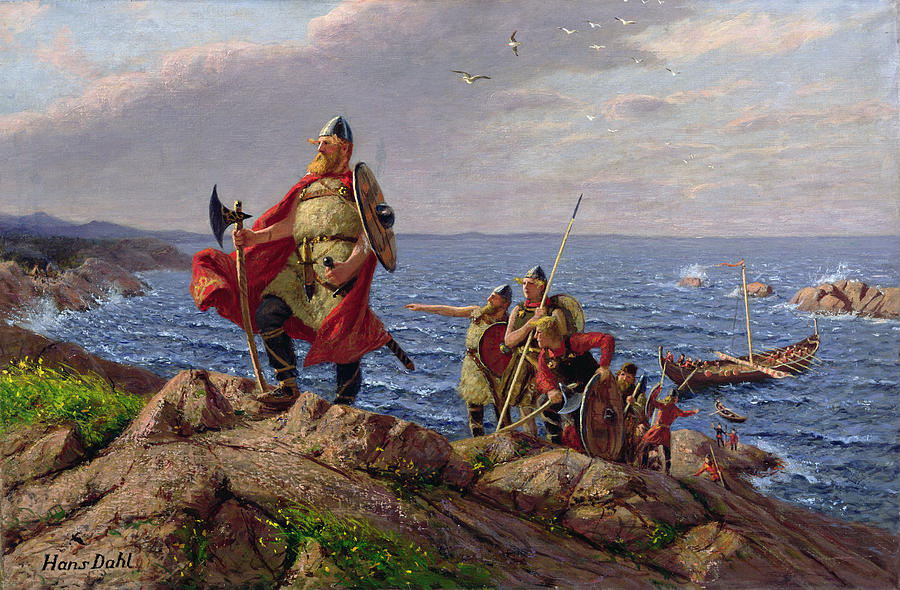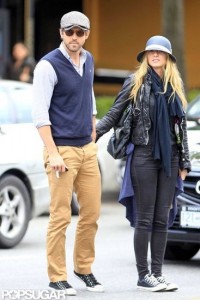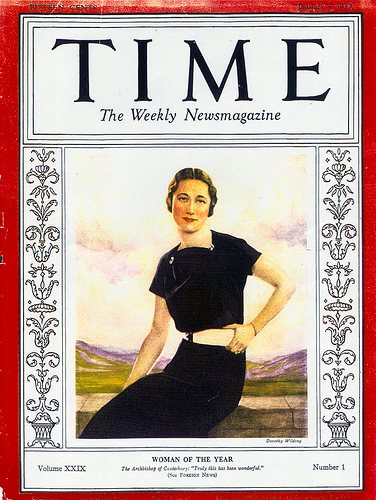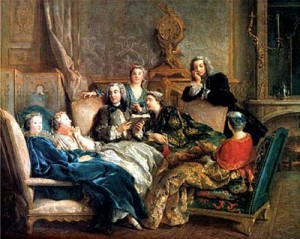I haven’t quite figured out why people take so much interest in celebrities misfortunes. I’m guilty of it myself, I’m usually the first of my friends to know about celebrity D.U.I’s, divorces and deaths. But that’s not to say I don’t rejoice inside when I find out about a new celebrity baby or marriage. There is just something humanizing about celebrities experiencing misfortune, it sounds heartless but it makes them seem more normal.
Throughout my lifetime I’ve read my fair share of celebrity misfortunes but none compare to the death of Nicole Brown Simpson…sorry Whitney.
I’ll give you a brief synopsis for those of you who have been living under a rock or didn’t know why the Kardashians were so rich before Kim’s sex tape (if you want to read the play by play of the trial, you can find it here). In 1994 O.J. Simpson was accused of murdering his ex-wife and her friend. It honestly seemed like all evidence pointed toward him being guilty but the jury found him innocent.
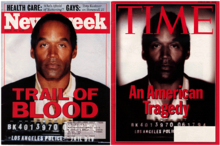 Courtesy of Wikipedia
Courtesy of Wikipedia
This case was the most publicized case in US history..take that Casey Anthony! But the main question is why?
Is there a formula for crime that makes people want to drop everything they’re doing and follow a trial?
According to Mitchell Stephens, author of A History of News.. yes. There are four qualities that interest American audiences in crime.
Let’s see if the O.J. Simpson trial fits into any of the four.
Number 1. There is a woman or child as a victim or suspect.
- Nicole Brown Simpson was one of the victims, she was also a mother of two.
Number 2. A well-known victim or suspect.
- O.J. Simpson was a professional football player (he played for the Buffalo Bills and the San Francisco 49ers). He was also inducted to the Pro Football Hall of Fame
Number 3. Some doubt about the guilt of the suspect.
- Okay so this one could go either way, but since there was no murder weapon or witnesses, he could have been considered innocent by some
Number 4. Imitations of promiscuous behavior by the victim or suspect.
- This doesn’t really apply because they were already divorced
Well there you go, three out of four!
O.J. all eyes were on you for a reason and not just because of your celeb status,although I know it helped…unlike that book you wrote.
Anyway, I’d like to thank Mitchell Stephens for making me feel a little bit better about myself. I don’t intentionally take joy in celebrity crime, but if they meet the majority of the qualities listed above I don’t feel bad for taking a second look!




